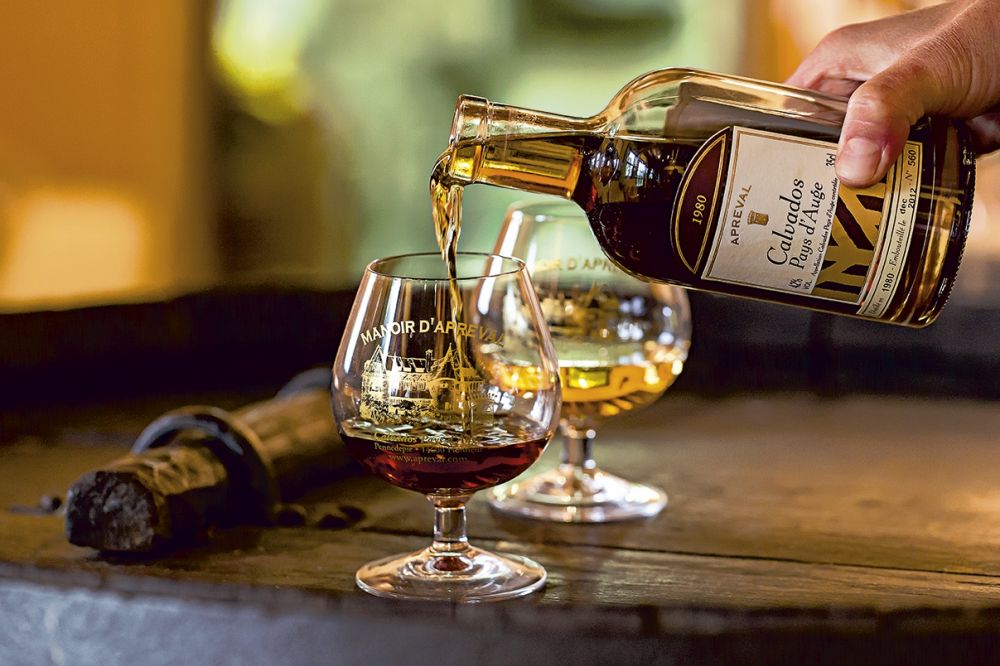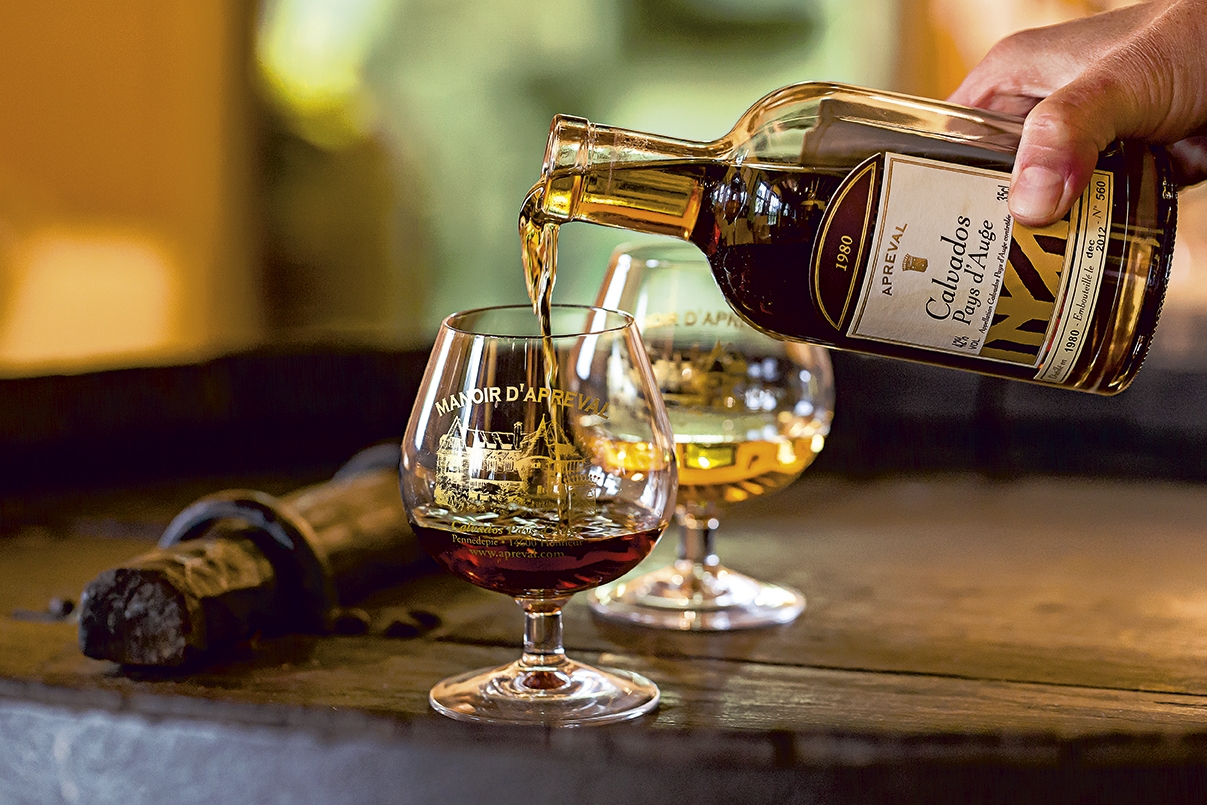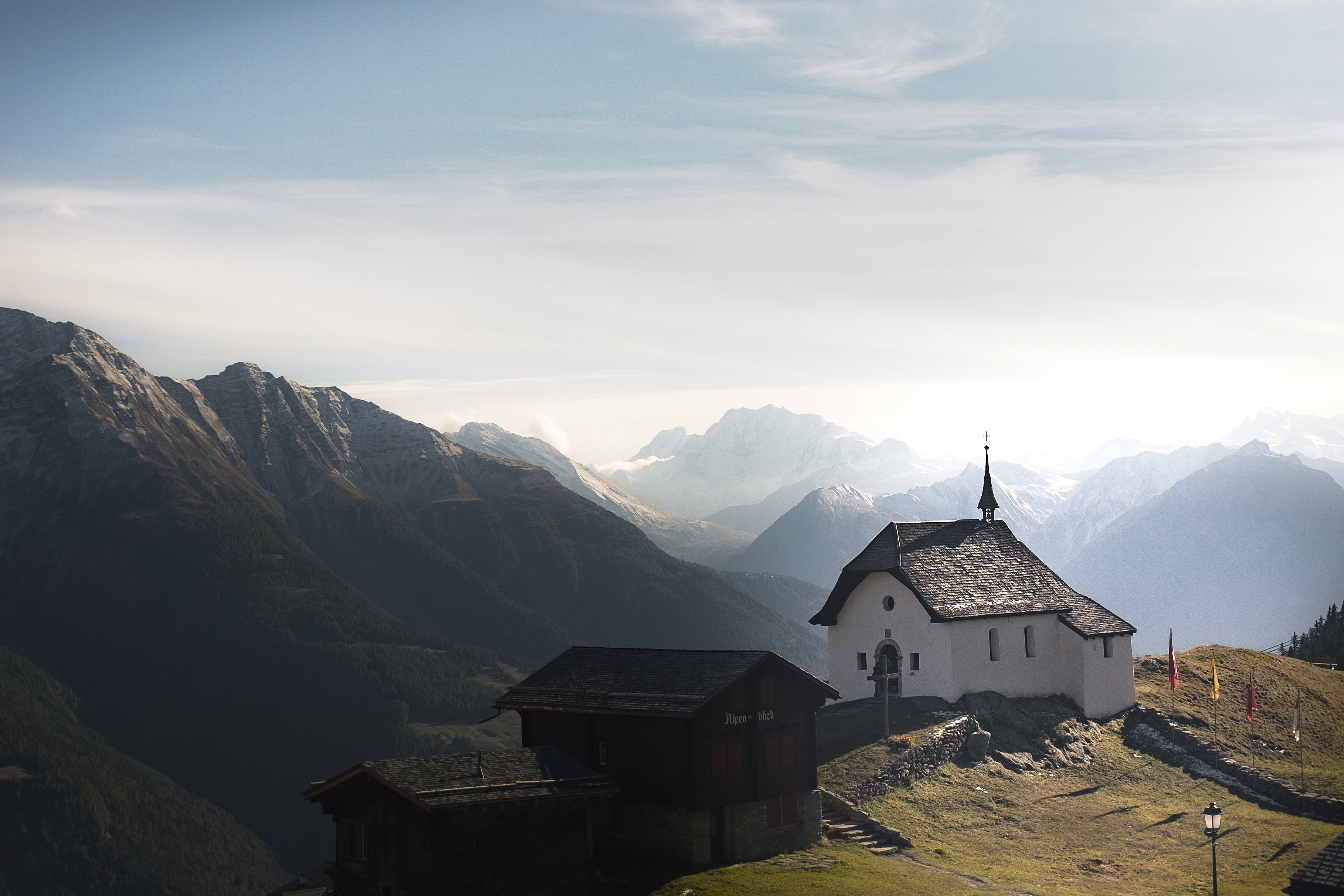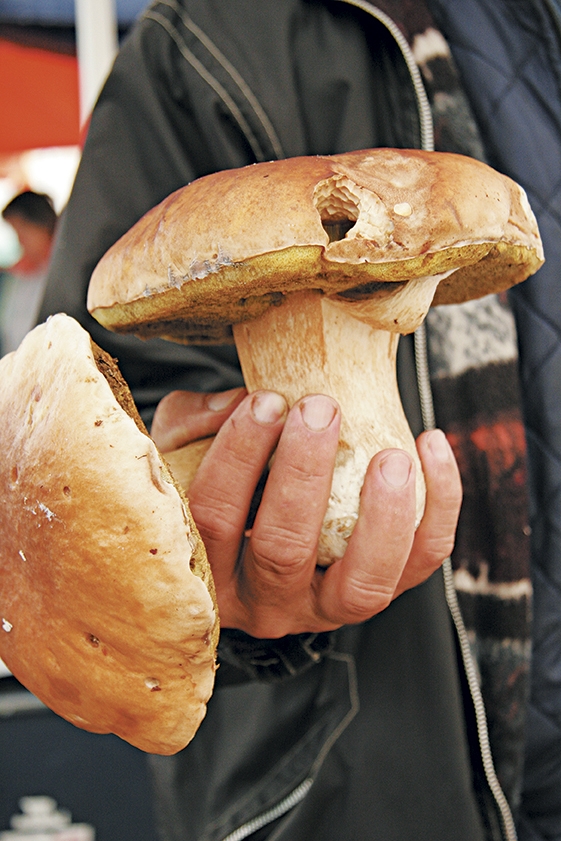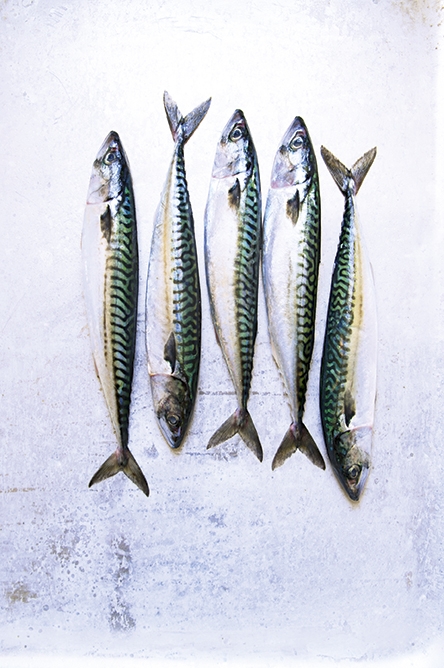Olives Caimari, Mallorca, Spain
It’s unclear whether the gnarled and twisted trunks of ancient olive trees prop up the stone wall terraces – or whether it’s the other way round. Either way, the Biblical surroundings in Mallorca’s rugged and romantic interior feel like a world away from the vibey hotels and familiar coastline that lure tourists to the Balearic Islands.
The absence of chains and international visitors only fuels that feeling of time standing still. There remains a deep agricultural tradition – particularly as the farming methods and seasonal rhythms have endured, and olives remain the main harvest, as was the case 800 years ago. Nets and poles are still used to get the fruit from the trees and, on occasions, a donkey might be seen walking in a circle to power stone olive rollers.
There’s no better place to become immersed in this ancient and authentic Mallorcan way of life than Caimari. The village lies in the sun-baked foothills of the Sierra de Tramuntana mountains, northeast of the capital. It’s all terracotta-tiled roofs and ancient winding alleyways with a weekly food market showcasing the seasonal harvest: first, small green olives that start appearing in October, and then a month later the black panssides, which are left to ripen for longer, creating a dark, wrinkled skin and distinct intensity.
By the Fira de s’Oliva fair (third weekend in November), the harvest is in full swing and the narrow streets are packed with stands selling olives in all different guises: black and green, flavoured with herbs, garlic, citrus; cold-pressed oil; pickled olives; and olive breads. As the onset of seasons sees northern European food becoming increasingly beige, that olive intensity becomes even more vibrant – and the festivities that unfurl long into the warm night at the olive-leaf carpeted plaza seem even more euphoric.
WHERE TO EAT AND STAY
Ca No Toneta A great local dinner spot run by sisters Maria and Teresa – it’s a true family affair with various relations contributing olives, oil and other produce to the tasting menus. Six-course tasting menu from £50pp. Carrer de s’Horitzó 21, Caimari,
00 34 971 51 52 26, canatoneta.com
Finca Albellons An oasis amid wild landscape 3km outside Caimari with four-poster loungers by the pool – perfect post-hike in the surrounding mountains. Olive oil is made on site, while oranges and apricots go into the breakfast jam. Doubles from £225 including breakfast. Binibona, Caimari, 00 34 971 87 50 69, albellons.com
Petit Caimari A low-key option just off the town square, with eight simply furnished rooms, original stone walls and beamed ceilings. Doubles from £92 including breakfast. Carrer de s’Horitzó 14, Caimari, 00 34 603 86 50 50, petitcaimari.com

